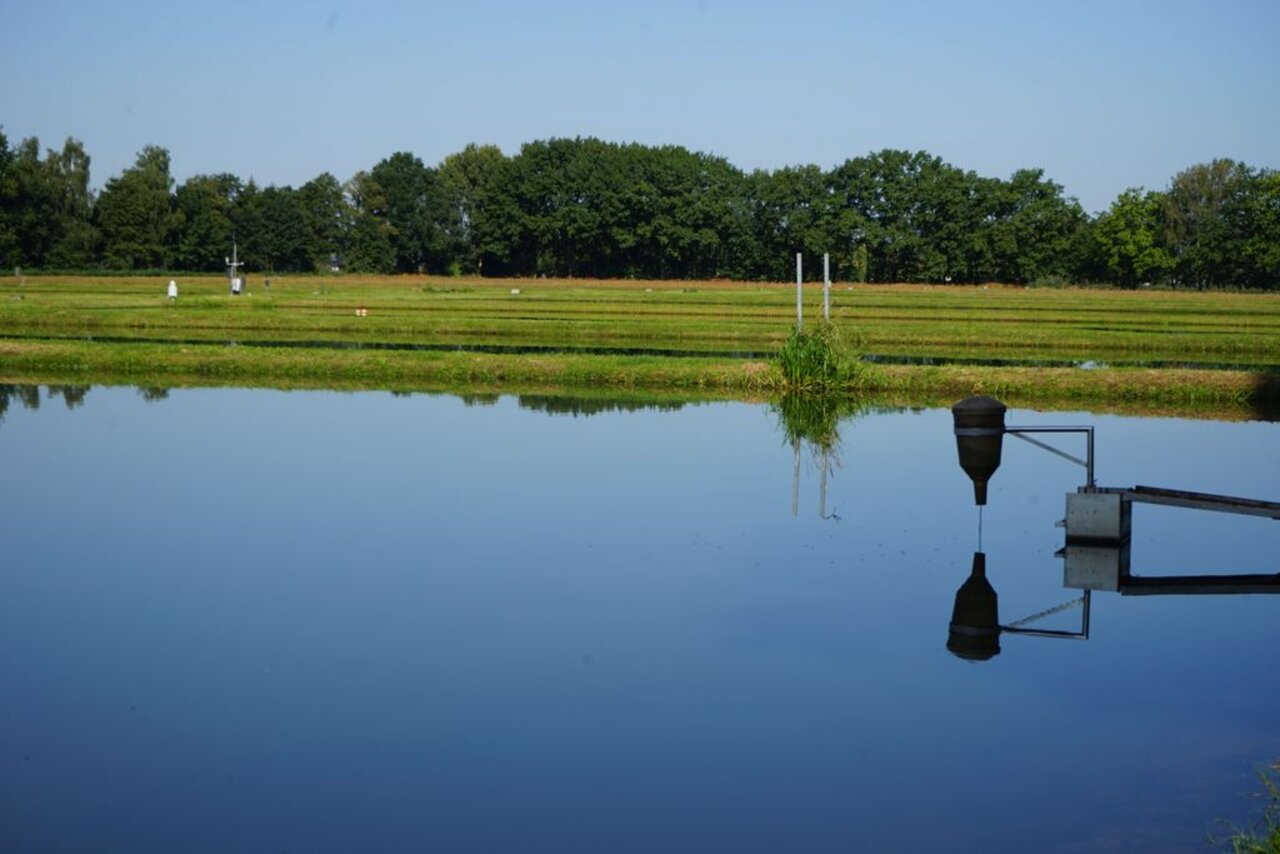Project
Typical farms of German aquaculture

Typical farms of German aquaculture
While the global aquaculture production is steadily increasing, a stagnation of the German aquaculture sector can be observed. What are the main drivers behind these regional differences?
Researchers from the Thünen Institute are now working on answers to this question.
Background and Objective
The world population is increasing. In this context, there is a growing need for animal protein. Fish products are a good provider of animal protein along with important fatty acids. For this reason, there is an expanding market for fish and other aquatic products. Fisheries alone cannot meet this rising demand, and the increased needs have resulted in a global growth of aquaculture. Fish farming has become the fastest growing branch of food production.
In Germany an opposing trend is evident: German aquaculture production has been stagnating for years with numbers of aquaculture farms declining. Without knowing the drivers behind this development, measures for counteraction cannot be identified. Therefore, the objective of this research project is to analyze the factors determining the economic situation of the German aquaculture sector.
Up to now, only little data is available regarding the economic situation of the German aquaculture sector. This data is not sufficient as a starting point for the identification of needs for action and the development of measures to increase the production of aquatic organisms in Germany.
Hence, the aim of the research project “Typical farms of German aquaculture” is to provide a better data basis for the economic analysis of the German aquaculture sector. This will be achieved through the development of a network of so-called typical farms. “Typical farms” are virtual datasets containing information about prices, volumes and costs that can be seen as representative for farms of a certain size in a specific region. These datasets allow a microeconomic illustration of the German trout and carp production.
Approach
To identify typical farms, the typical farm approach will be applied to the German aquaculture sector. The typical farm approach is a standardized method used as a core element of the analyses of the agri benchmark network.
Central to the approach are group discussions with trout and carp producers (the main products of German aquaculture) coming from the most important production regions of Germany. Scientists and fish farmers decide together which operational characteristics can be seen as typical for a particular region.
”Typical farms” are tools to provide detailed and realistic insights into the economic situation of the German trout and carp sector. These insights are based on the experiences the fish farmers share during the group discussions while compiling a multitude of variables.
But not only the status quo of the German aquaculture sector economically can be shown with the aid of the typical farms: Projections can be used to estimate how changes within the political, climatic and technical frameworks may impact individual farms.
These characteristics make typical farms an important tool to identify barriers to development and unused potentials of the German aquaculture production.
Links and Downloads
Involved Thünen-Partners
Duration
7.2019 - 3.2021
More Information
Project status:
finished

![[Translate to English:] [Translate to English:]](/media/_processed_/2/9/csm_Embryo-Exp_Gelege_9F_dpf5-200513111619_c8534a8199.jpg)
![[Translate to English:] [Translate to English:]](/media/_processed_/2/9/csm_Embryo-Exp_Gelege_9F_dpf5-200513111619_9027994d44.jpg)





